Understanding Sedum Transplanting Basics
Imagine finding the perfect corner in your garden that beckons for a touch of sedum’s enduring charm. As versatile and robust as these succulents are, transplanting them still requires a bit of savvy to ensure they thrive. But don’t fret, because once you grasp the sedum species’ growing patterns, you’re halfway to a garden boasting year-round allure. It’s like knowing the secret handshake in the exclusive club of gardening prowess.
When you tuck sedum into its new home amid the crisp, autumn air, timing becomes your most trusted friend. Much like baking a pie requires patience for that golden crust, transplanting sedum in fall hinges on seizing that sweet spot in the plant’s life cycle. It’s knowing when sedum’s just had its summer glory days and is ready for a change before the deep winter sleep. Think of fall as nature’s intermission—a tranquil time for your sedum to settle in without the drama of blooming or the stress of sweltering heat or frosty chills.
Now, let’s dissect the factors tickling the success of your sedum’s move. Light conditions, soil type, and watering regimes—these aren’t just details but the blueprint to your plant’s prosperity. Proper assessment and a gentle touch can transform what seems like a gamble into a confident stride in your gardening journey. Take this guide, for example, which walks you through transplanting sedum with the finesse of a seasoned green thumb.
What if I told you that the knowledge you’ve gathered about sedum transplanting could apply to other areas of your garden? Explore our expansive reservoir of gardening care tips to apply your newfound understanding and make every corner of your green space a testament to your dedication.
Remember, transferring sedum isn’t a hasty affair; it’s a thoughtful embrace of the rhythm of the seasons interwoven with the specifics of this remarkable plant genus. Whether you’re a first-timer or a seasoned gardener, your intuition, paired with knowledge, becomes your guiding star. Take heart—it’s your turn to make an autumn transformation in your garden an inspiring tale of success.
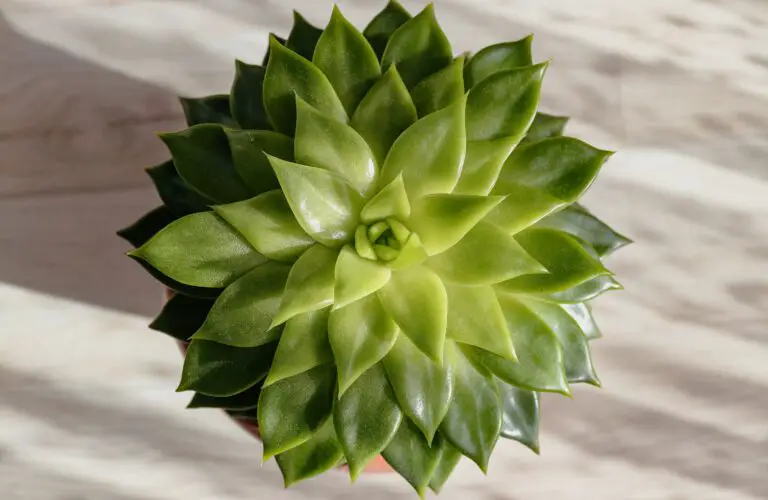 “`html
“`html
Reasons to Consider Fall Transplanting for Sedum
When the summer heat wanes and the crisp air of fall takes over, it’s not just pumpkin spice lattes that should be on your mind—it’s also the perfect time to give your sedum a new home in the garden. Let’s dive into some of the undeniable benefits of fall transplanting, a time when sedum can thrive with a change of scenery.
Imagine this: the sweltering summer sun is no more, replaced by cooler temperatures that make for a much more pleasant gardening experience—for both you and your plants. Sedum, in particular, rejoices in the fall climate. It’s like sending them on a spa retreat; the lower temperatures reduce stress on the plants, minimizing the risk of transplant shock and ensuring they settle into their new spot with ease.
Moreover, fall presents us with soil that is just right—like Goldilocks’ porridge! After a warm summer, the soil is still holding onto that heat, encouraging root growth. Yet, it’s also moist enough to hug those new roots, providing a nurturing environment for your sedum to establish itself before the winter freeze.
What’s more, fall is often the time when sedum plants begin to enter their dormancy stage. They’re wrapping up their growth for the year and readying themselves for a winter nap. Relocating them in the fall gives them time to wake up in a new location come spring, ready to stretch out their roots and grow without the immediate stress of blooming and fending off summer’s harsh conditions.
Think of it as moving house before starting a new job. You’re giving your sedum the chance to settle in and get comfortable before the busy growing season kicks in. Interested in learning more about the gardening magic that can happen in fall? Check out our detailed guide on the life cycle of sedums and how each season plays a role.
Don’t just take my word for it, see for yourself why fall is the sedum sweet spot. Watch this insightful video on caring for your Autumn Joy – it’s bound to give you some aha moments!
In essence, transplanting sedum in fall is like playing Mother Nature’s favorite playlist—the conditions are just right, the mood is set, and your sedums are ready to dance to the rhythm of a new growing spot!
“`
How to Determine the Right Time in Fall for Transplanting Sedum
Have you ever watched a seasoned gardener work their magic, effortlessly transferring a sedum from one pocket of soil to another with the deft touch of an artist? Well, there’s no arcane secret to it—it’s all about timing, and autumn might just have the perfect window for such a plant pas de deux! Let’s dig into the clues Mother Nature gives us to signal when it’s prime time for transplanting sedum in the fall.
The autumnal air, crisp and cool, carries with it a certain quiet that seems to whisper to the plants, “Get ready, it’s time to settle in.” You’ll notice the hustle and bustle of growth has slowed, and the sedum’s once eager reach towards the summer sun becomes a graceful bow towards the coming winter. Experts suggest this deceleration of growth is your cue; the plant’s energy is shifting from its flashy foliage and vibrant blooms down to the roots, focusing on the essentials to ensure a robust return next spring.
As the leaves begin to parade their autumn hues, keep a keen eye out for the soil temperature. It should be cool, but not yet at the point where Jack Frost has begun his nippy escapades. This cooler soil offers a kind of comforting blanket that encourages healthy root growth without the stress of the scorching sun or the bite of frost.
Imagine this scenario: You’re walking through a blanket of golden leaves, and there it is, a sedum plant not quite in its ideal spot. The time is ripe—the soil whispers its readiness. Transplant now, and you give your sedum a head start for a springtime spectacle. 
What’s more, during fall, nature’s own rhythm seems to slow down, and therein lies your chance for transplanting succulent sedums. The air is not just filled with the scent of decaying leaves—there is a burgeoning promise of renewal. For additional insights on ushering your plants through this seasonal transition, explore our succulent care tips.
So, get out there and trust the signs. Your sedum is not just a spectator to the season’s change but an active participant, ready to be guided by your hand to its new home. Autumn’s embrace is gentle, offering a cushion for change, making it an excellent time to transplant sedum and watch it flourish with the return of spring’s warmth.
Preparing Sedum Plants for a Successful Fall Transplant
As the crisp autumn air hints at the coming winter, it’s the perfect cue for garden enthusiasts to start transplanting their beloved sedum plants. Relocating your sedum in the fall is indeed a savvy move, as it gives the plants ample time to establish themselves before the summer heat waves hit. Now, let’s dig into the nitty-gritty of exactly how to prep your sedums for the big move.
First things first, let’s talk H2O. A well-hydrated sedum is a happy sedum, particularly when it comes to transplanting. A few days before you plan to move them, soak the sedums with a good watering. Imagine you’re giving them a farewell drink at their old haunt before they head off to their new home. This hydration boosts their resilience and reduces the shock of being moved.
Trimming: Less is More
Next up is a bit of a haircut—trimming time. However, we’re not aiming for a radical change, just a light pruning. Picture this: it’s like prepping for a first date. You want to look your best but still be recognizable. Snipping off any leggy growth or deadhead flowers will not only neaten up your sedum, but it’ll also encourage them to focus on root and foliage development post-transplant, rather than on keeping those extra parts alive.
Home Sweet New Home
And for the pièce de résistance: prepping the new location. This is like setting the stage for the grand performance of growth your sedum will put on. Ensure the new site has well-draining soil and adequate sunlight. You might even want to introduce your sedum to its new neighbors—amend the soil with compost for that extra welcoming touch. It’s like bringing a housewarming gift to your plant; a bit of compost goes a long way in making them feel right at home.
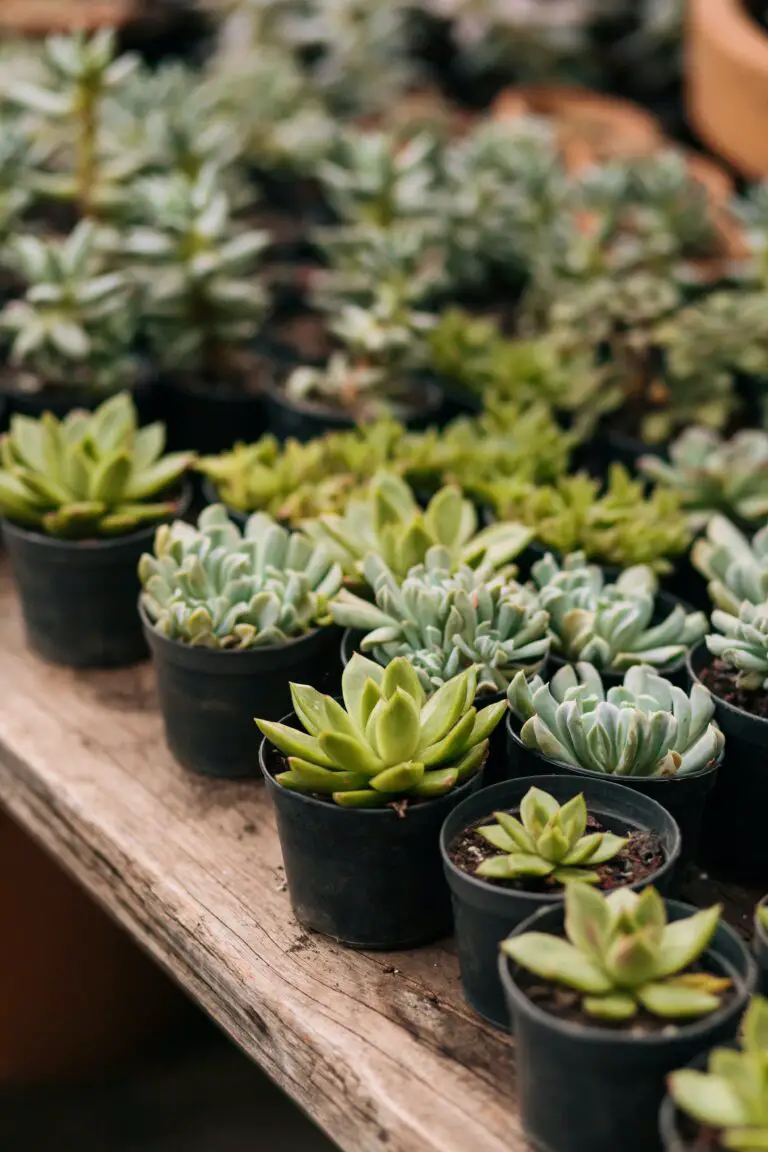
Remember Mary from down the street who transplanted her ‘Autumn Joy’ sedum last year? She followed these exact steps, and her sedums thrived, putting on a spectacular show the following season. Taking a cue from Mary’s success story, you too can ensure your sedum plants swing into their new spot with vigor and vitality. So, don those garden gloves, grab your tools, and let’s get transplanting!
Can I Transplant Sedum in Fall? Timing, Tips & Techniques
A Step-by-Step Guide to Transplanting Sedum in Autumn
As the vibrant hues of fall blanket the garden, it’s the perfect time to consider the health and placement of your sedum plants. Whether you’re looking to invigorate an overcrowded sedum or simply change up your garden design, transplanting sedum in the fall is not only possible but often advisable. Let’s dive into the nitty-gritty of how to do this with finesse and care for your succulent friends.
First and foremost, choose a cool, cloudy day to perform your transplanting mission. Sedum, while resilient, appreciates a little coddling during this process. By avoiding the harsh midday sun, you’ll give your plants a gentle transition into their new home.
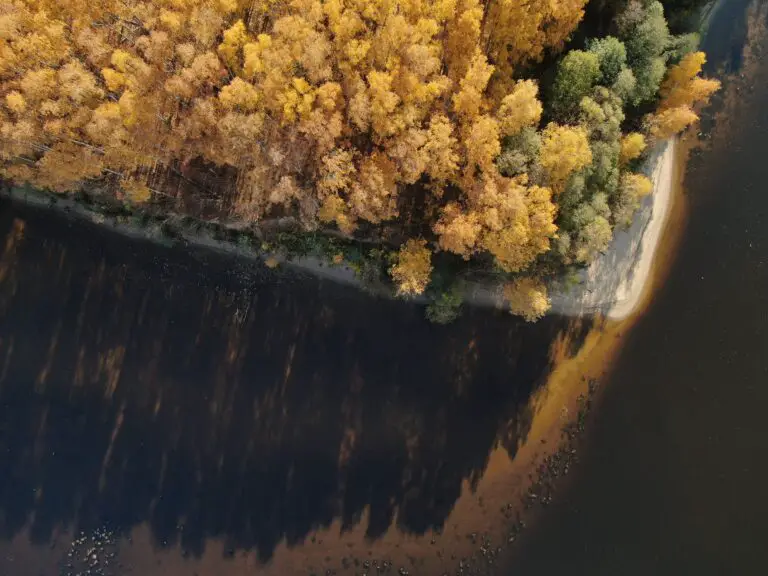
Begin by preparing the new site for your sedum. This means enriching the soil with compost and ensuring proper drainage–sedum despises wet feet. Once the stage is set, it’s time to uproot the sedum from its current residence. With a sharp spade, carefully dig around the perimeter of the plant, giving a wide berth to avoid damaging the roots.
Now comes the dividing moment. Sedum can easily become too bushy or large for their space, but they’re also remarkably easy to propagate. Gently tease apart the root ball into smaller sections. Each piece with a decent root system and some top growth will thrive once replanted. It’s like giving your sedum a new lease on life!
Transplant the divisions into their new spots, taking care to plant them at the same depth they were growing previously. This maintains the plant’s comfort level and ensures it won’t sulk after the move. Water them in well to settle the soil around the roots and to facilitate the healing and re-establishment process.
Let’s consider a real-life example: Imagine you have a sedum that’s been the cornerstone of your autumn garden, its fleshy leaves cascading like a waterfall over the rockery. But, alas, it’s gotten too big for its boots, crowding out its plant neighbors. By following these steps, you gracefully divide the sedum, spreading its beauty to more areas of your garden, ensuring each section flourishes, enhancing the aesthetic, and maintaining biodiversity in your cherished garden space.
And there you have it – a straightforward, stress-free way to transplant and divide your sedum this fall. With a bit of care and attention, you will not only elevate your garden’s health and vitality but also its visual appeal, ensuring that your sedum continues to be an autumnal centerpiece for years to come.
Aftercare: Ensuring Sedum Health Post-Transplant
So you’ve gingerly moved your sedum to its new home, and now you’re wondering how to give it the TLC it needs to thrive. Well, friend, you’re in the right place. The aftercare of your sedum is where your green thumb can truly show its colors. Imagine your sedum as the new kid on the block, needing a bit of extra care to settle into the neighborhood. Here’s how to make that transition as smooth as silk.
First off, let’s talk H2O. Water is the lifeblood of all plants, but too much enthusiasm can drown your sedum’s spirits. Start with soil that’s moist, like a sponge that’s been wrung out. That level of wetness is just right for your sedum’s roots to sip up the necessary hydration without feeling swamped. Then, ease up on the watering wand. Allow the top inch of soil to dry out between drinks, offering a refreshment only when it’s needed.
Wrap ‘Em Up: Mulching Matters
Mulching isn’t just for curbside appeal; it’s like a cozy blanket for your plant’s roots. A layer of mulch around your sedum can help regulate soil temperature, retain moisture, and discourage those pesky weeds from staging a garden takeover. Organic mulches like shredded leaves, straw, or wood chips are more than just pretty to look at—they’re a buffet for earthworms, and they nourish the soil as they break down. Visualize those earthworms as tiny soil chefs, whipping up a nutrient-rich delicacy for your sedum’s roots.
The Big Chill: Protections from Jack Frost
When the chill of autumn nips at the air, your delicate sedum will need some protection from frost’s icy fingers. It’s like bundling up your plant in a snug jacket. You can lay down a protective cover like a frost cloth when temperatures plunge. Just remember, sedum isn’t fond of soggy feet, so make sure drainage remains top-notch. Think of frost protection as a tent on a camping trip—it’s temporary and should let things breathe while still offering shelter from the elements.
If Jack Frost does manage to sneak past your defenses and nip your sedum, don’t despair. Sedum plants are tough cookies. With a little patience and some tender care, they’ll bounce back, often with new growth that’s more vigorous than before. It’s like they’ve had a cold splash of water to the face—they’re wide awake and ready to grow!

There you have it—the inside scoop on aftercare for your newly transplanted sedum. With these tips, you’ll be well on your way to nurturing a sedum that doesn’t just survive but thrives, flaunting its succulent foliage like a botanical superstar. Now go on and show that sedum some love!
Potential Risks and How to Mitigate Them
So you’re eyeing that plump clump of sedum in your garden, thinking about a fall shuffle. Hold up! Transplanting sedum in the autumn can be like a game of botanical chess—strategic, risky, and requiring forethought. It’s not just about digging and plopping plants into new locations; there are potential pitfalls like transplant shock, pesky invaders, and gnarly diseases to consider.
Firstly, the dreaded transplant shock—a real party pooper. It’s like your sedum just got an unexpected change of address card, and it’s not thrilled. Imagine ripping off a band-aid; it’s got that same ‘yowch’ factor for your greens. They can wilt, leaves might yellow, and growth could stall. Not exactly the housewarming gift we were going for, right?
Then there are the uninvited guests—the pests. These little rascals love freshly disturbed soil like cats to catnip. And diseases? Just like you wouldn’t want to move into a house with dodgy plumbing, plants don’t thrive with poor-drainage or soil-borne sickness.
But fear not, green-thumbed friends! Mitigation is our middle name. Here are the precautionary steps you can follow to safeguard your sedum:
- Before you even lift a spade, ensure you’re moving your sedum to a site with similar sun exposure and well-draining soil. It’s like checking for good schools before you relocate—non-negotiable!
- Timing is everything, and the early part of fall is primo—late enough to avoid the summer scorcher but well before the first frost kicks in.
- Water your sedum a couple of days before the big move. It’s like packing an overnight bag—a hydrated plant copes better with the stress.
- Gently unearth those roots—they need TLC. Just like you label boxes when moving, keeping track of root ball orientation ensures a smoother transition.
- Post-move, pamper your transplanted sedum with additional water (but don’t drown it) and a protective layer of mulch. Think of it as a warm blanket in a chilly new home.
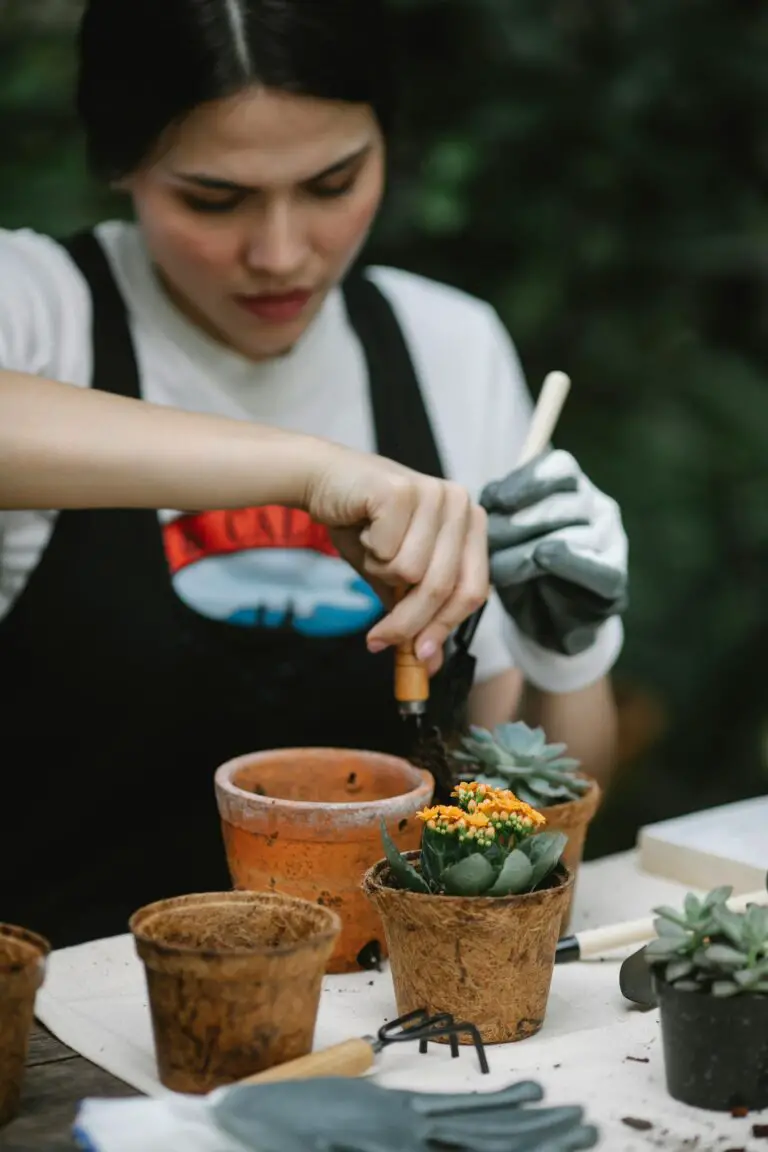
Let’s not gloss over real-life examples, shall we? Take Jane Doe, an avid gardener, who moved her ‘Autumn Joy’ sedum last fall. She followed all the steps to the letter—right site, right timing, proper watering. Welcome to the neighborhood, ‘Autumn Joy’; it thrived with no hiccups.
On the flip side, John Smith, a weekend gardener, decided on a spontaneous sedum shuffle. Alas, he overlooked the wet weather forecast and ended up with root rot—a cautionary tale of what not to do.
It’s like preparing for a vacation—sure, it’s work, but it’s worth it. So, with a little insight and care, you can certainly transplant your sedum in fall and sidestep these risks. Now, roll up your sleeves—it’s gardening time!
Fall Transplanting Success Stories: Case Studies
If you’re contemplating whether transplanting sedum in fall is a good idea, let these success stories guide and motivate you. Gardeners have been pleasantly surprised with the resilience and subsequent flourish of their stonecrop friends post-fall transplants. Here are a few case studies that demonstrate just how well sedum can adapt to its new location before the winter chill sets in.
In one instance, a seasoned gardener from Minnesota decided to split and transplant her ‘Autumn Joy’ sedum late in September. Though the temperatures were beginning to drop, she feared root crowding would harm the plant’s growth come spring. To her delight, not only did the transplanted sedum survive the winter, but it also came back with vigorous growth and stunning blooms the following season.
Another case features a landscape designer in Oregon. He took a bold step by revamping an entire rooftop garden in October, incorporating different species of sedum plants. Despite occasional frost, the plants’ shallow root systems quickly acclimated to their new home, and by spring, they produced a colorful tapestry that was the highlight of the building.
From the balmy climes of coastal California to the brisk breezes in Maine, stories flow in of sedum’s tenacity. Sedum often proves to be a hardy survivor, capable of withstanding transplant in the cooler months, provided the ground isn’t frozen. It’s a testament to the plant’s adaptability and a boon for gardeners who need to shuffle their landscape during fall.
Keep in mind; these triumphs do hinge on a few good practices: ensuring well-draining soil, minimal root disturbance, and appropriate aftercare post-transplant. Armed with these strategies, your sedum stands a great chance to mirror the success found in these narratives.
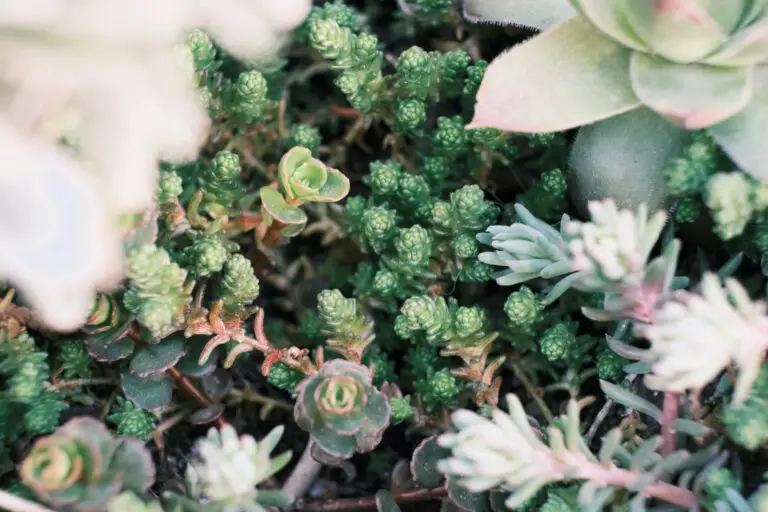
So, whether you’re dealing with ‘Dragon’s Blood’, ‘Gold Moss’, or the ever-popular ‘Autumn Joy’, rest assured that with a little care, your sedum can weather the transplanting process even as the leaves begin to turn. Let these case studies serve as a beacon of possibilities for your fall gardening endeavors.
Frequently Asked Questions
Autumn can be a season of vibrant changes, not just for the trees but also in your garden. If you’re wondering whether your green thumb can work its magic on sedum during this colorful season, let’s dig into some common questions gardeners like yourself might have.

Will My Sedum Bloom After a Fall Transplant?
Think of sedum like a resilient, yet sensitive artist — it needs the right environment to truly express its beauty. If the conditions are kind (and not too frosty), your sedum can still adorn your garden with blooms even after a fall transplant. Imagine those delicate flowers giving a last hurrah before winter sets in. Yes, it’s possible, but the key is timing. Transplant sedum early in fall, and watch the encore performance of blooms before the frosts arrive.
Can I Transplant Sedum That Is Already Flowering in Autumn?
It’s like catching a falling leaf on a brisk autumn walk — tricky, but doable. Moving sedum that’s already in the spotlight, boasting its autumnal blooms, can be a gamble. If you’re gentle and quick, ensuring the soil and surrounding conditions are favorable, your floral star just might keep shining. However, bear in mind that such a move might shorten the bloom duration and always prioritize unflowered plants if you have the choice.
What Are the Signs That My Sedum Is Not Adjusting Well After Being Moved?
A drooping stem or a yellowing leaf can be as telling as a thermometer dipping low. If your sedum starts to look like it’s wearing a wilted autumn leaf instead of its lush green coat, it may be signaling distress. A plant’s silent SOS might include dropping leaves, a halt in growth, or brittle stems. Monitor your sedum closely after a fall transplant — it’s the best way to ensure it’s not throwing in the towel before winter.
How Often Should I Water My Newly Transplanted Sedum in the Fall?
Water is to plants what pumpkin spice is to fall — essential. But, too much of a good thing can lead to disaster. After transplanting your sedum in fall, aim for moderation in watering. Keep the soil consistently moist but never soggy. Think of it as giving your sedum a cozy, damp sweater to protect it from the brisk autumn air. This way, you encourage your sedum to establish a strong root system before the first frost makes a curtain call.



